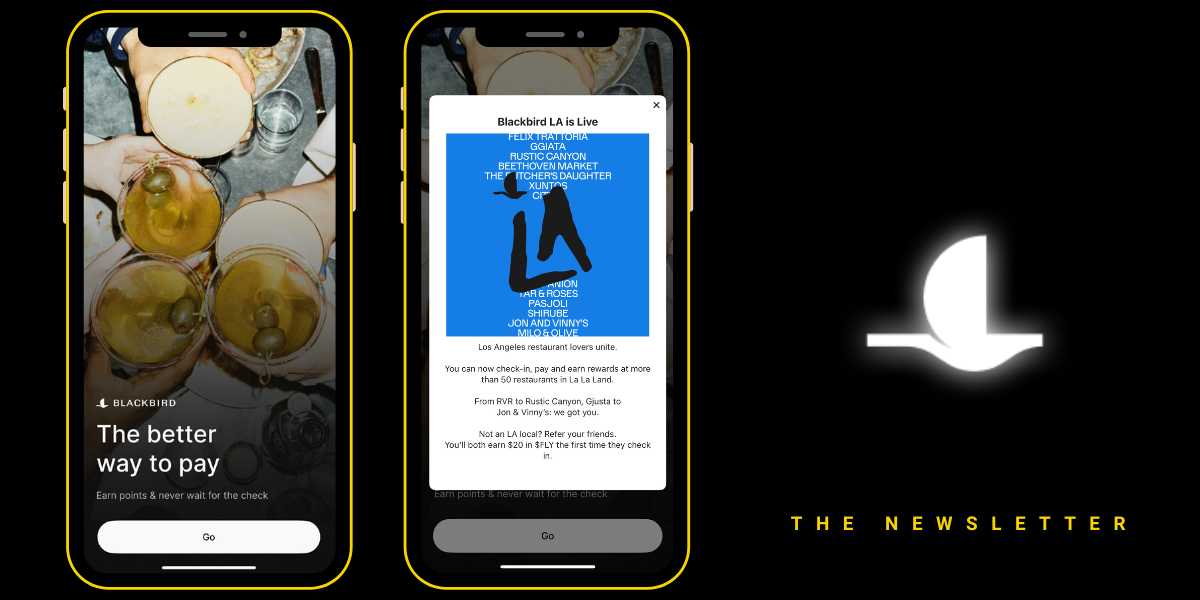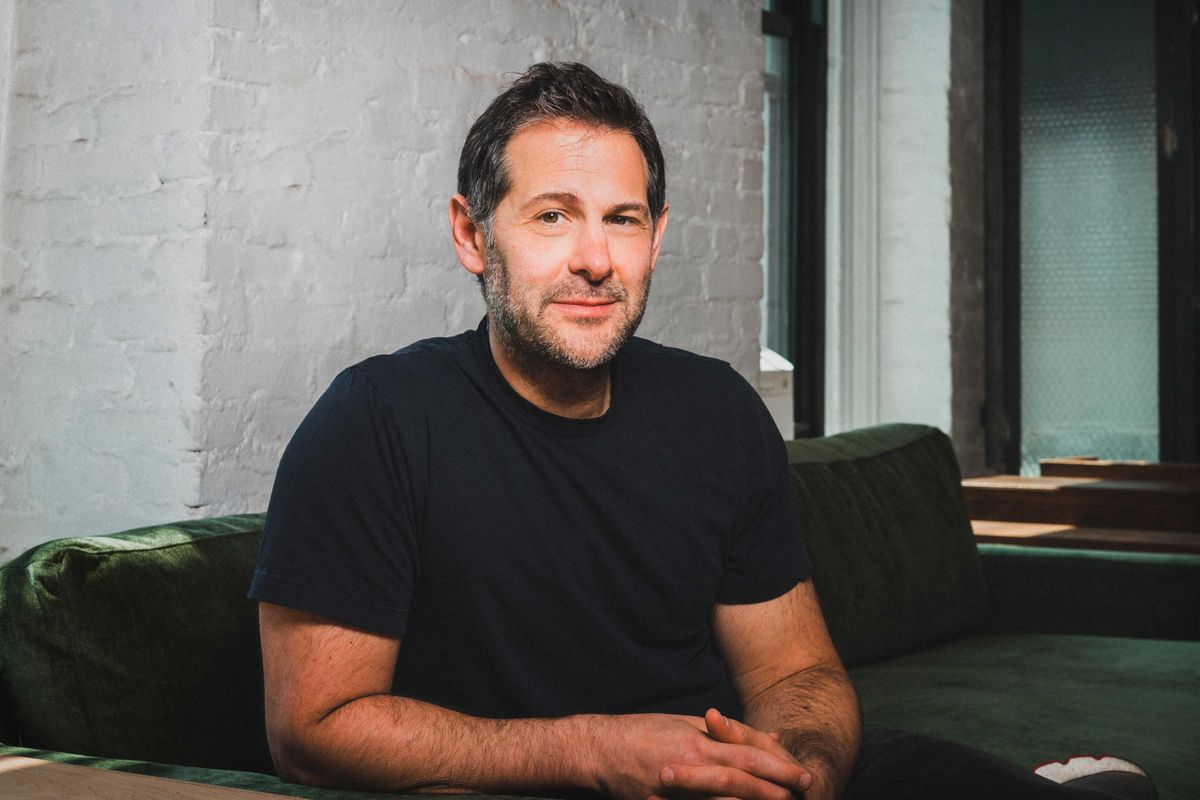Eco-Conscious Neo-Bank Aspiration Acquires Startup to Help Track Companies’ Carbon Footprints

L.A. fintech firm Aspiration, which offers an eco-friendly digital spin on consumer banking, has purchased Carbon Insights, a Denver-based startup that uses APIs to help financial institutions track carbon footprints.
The acquisition is Marina del Rey-based Aspiration’s first-ever since it launched in 2015. Financial terms of the deal were not disclosed. As part of the acquisition, Carbon Insights co-founders Chad Hunter and Ally Kadel have joined Aspiration.
Aspiration will deploy Carbon Insights’ technology to enhance its scoring system for tracking the sustainability impact of its customers’ spending habits, Aspiration co-founder and CEO Andrei Cherny told dot.LA. Carbon Insights relies on a combination of business attributes and operational data—like energy consumption and corporate expenditures—to estimate a company’s carbon footprint, Cherny explained.

Aspiration co-founder and CEO Andrei Cherny
The technology will allow Aspiration to better provide “a sustainability score for our customers based on where they are shopping and spending,” Cherny explained.
Aspiration is currently in the process of becoming a publicly traded company and is eying an initial public offering by the end of March. The neo-bank is expected to be valued at $2.3 billion after it merges with InterPrivate III Financial Partners Inc., a special purpose acquisition company, or SPAC.
SPAC mergers have become an increasingly common way for companies to go public. Local companies to recently pursue the route include West Hollywood-based neo-bank Dave, Culver City-based clinical research firm Science 37, and Santa Monica-based fitness brand The Beachbody Company.
The Carbon Insights purchase could be the first in a string of possible mergers and acquisitions that offer “sustainable solutions” for Aspiration, according to Cherny. He declined to identify potential targets.
“I wouldn’t speculate on the timing, in terms of whether it will be before or after we go public,” Cherny said. “But there certainly is more M&A down the road for us.”
Last month, the fintech startup received $315 million in financing from Los Angeles Clippers owner Steve Ballmer and Downtown-based private equity giant Oaktree Capital Management in advance of the SPAC deal. Oaktree initially began talks to invest in Aspiration in early 2020, before the COVID-19 pandemic disrupted the global economy and threw talks off course, Cherny said. Aspiration also sealed a 23-year, $300 million sponsorship deal with Ballmer’s Clippers last fall.
Including the financing from Oaktree and Ballmer’s affiliates, Aspiration is poised to have more than $700 million in proceeds after it goes public.
Aspiration has sought to tackle climate change through its services, which offer its nearly 2 million customers a range of tools to prioritize sustainability through their spending and investing. Its “Plant Your Change” feature, for instance, allows consumers to round up credit or debit card purchases to the nearest dollar and directs the spare change toward planting trees.
Aspiration counts actors Leonardo DiCaprio, Robert Downey Jr., and Orlando Bloom, as well as Canadian rapper Drake, among its celebrity investors. (Disclosure: dot.LA co-founder and chairman Spencer Rascoff is an Aspiration investor.)





 Image Source: Blackbird
Image Source: Blackbird